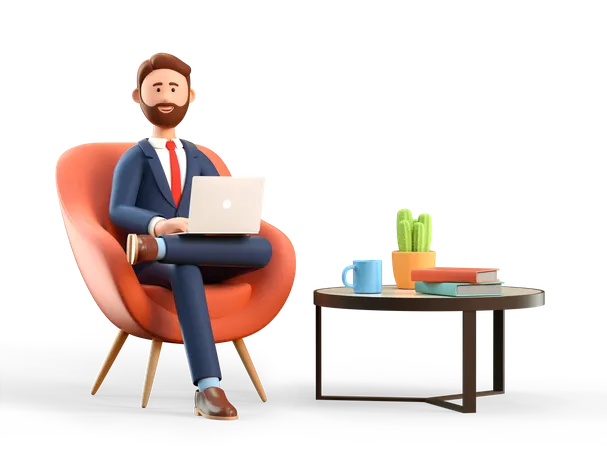
Dr. Balasubramanian Krishnan
Chief Executive Officer
NuVeda
In the original article on this subject (The Google of Learning – Part I), I defined a set of attributes for the space I called the Google of Learning. In this article, I explore the meaning of Content and structure for such a Learning Universe.
Content-Rich
In the context of the Google of Learning concept, content acquires a holistic meaning – that of an object that can be consumed by the senses.
Let me explain.
Today content is generally understood to be text, art or images, sounds, songs (audio sequenced over time) and video (audio & imagery sequenced over time). All of these are stored in computers in a boolean sequence (ones and zeroes) and retrieved when required, for example – clicking on this web page.
Therefore, you can now begin to imagine the scale of the content to be managed. Video is rich because two different senses are combined over time. Now, when you coalesce video and the sense of touch over time, a whole new sequence of content is created which is easily richer than video itself. Now, that is still only 3 out of the 5 senses. I will let you imagine the size and scale of the content to be managed when you include all senses (see Sense-itive, as part of the Google of Learning – Part I).
When I talk about content-richness in the Google of Learning concept, I am talking about content that can be assembled and dis-assembled, aggregated, disaggregated and presented to the learner. But this assembly and dis-assembly is possible only when the content is structured – not just in terms of tagging, which addresses relevance to some extent, but also organized in a logical fashion that is appropriate for the needs of the learner.
Why is organization and structuring of content important?
In some ways it is exactly like a product and the buyer. When the need is there, the product gets bought. If the need is not there, the product may get bought, just like a search might yield the results that you want.
Similarly, the question to ask is – how can content be structured in a fashion that the learner wants. Even better – how can content be automatically structured? Note that this is more than meta-tagging. It is more than Web 3.0 – the Semantic Web. How the content needs to be structured is dependent on how the learner wants it. Therein lies the challenge. A kid learns differently from a teenager who in turn learns differently than an adult.
But what really distinguishes a kid’s learning ability from that of an adult? We all know of many whiz kids who qualify for Ph.D’s at a young age, etc. It all depends on their abilities – assessed by a well-accepted set of independent measurement tools. These tools are called tests or assessments.
In effect, one needs ways of creating steps or mini-steps of learning along the way which assesses an individual (see Nuggetization – as part of the Google of Learning – Part I).
Let’s be sure that Meta Tagging is a fantastic beginning. It addresses elements of the What. Automatic Meta Tagging is something Google does reasonably well, today. Therefore, one can easily categorize learning subjects and find subjects of interest to us.
However, consider these scenarios:
You want to learn piano lessons for free – search the web and search youtube. What do you find? How do you choose? Does it have the right structure for you?
Assume you want to learn in 5-minute segments: what can you find? What if you wanted to learn in 10 minute segments? 20-minute segments?
Can you break up a 20-minute lesson into 5-minute segments? Take the example of a book having 200 pages – you can read it one page at a time, 10 pages at a time or a chapter at a time. However, one could argue that it makes sense probably to read it only one chapter at time, but still the choice is available to me.
Provides continual feedback automatically; encourages feedback from others, when desired
You might also want to aggregate their lessons, based on their time availability – i.e., aggregate 5-minute lessons to create a 30-minute segment, for example. Are these offerings available to you?
Now think of added complexity. Assume that you have completed basic piano lessons and are now ready to do more. What should the Google of Learning do for you? Where should you begin?
Allows for collective synthesis and sharing; creates stories for re-telling
There is more. You might be a piano aficionado and you might actually want to learn from certain Masters, specific ones.
And….more! More need for structure. I am sure there will be more such needs, as it develops.
The key question is: are such choices available to me today? The answer is – it is available, partially. But learner demands dictate how the content must be structured, automatically. Are you able to set up a start point and and end-point for your learning – i.e., goals?
Can the Google of Learning determine the right goals for you, based on your profile?
And that brings us to the next article on the The Google of Learning – Part 3: Personalization.
Stay tuned – and please do let me know what you think!
Cheers, Krishnan.


